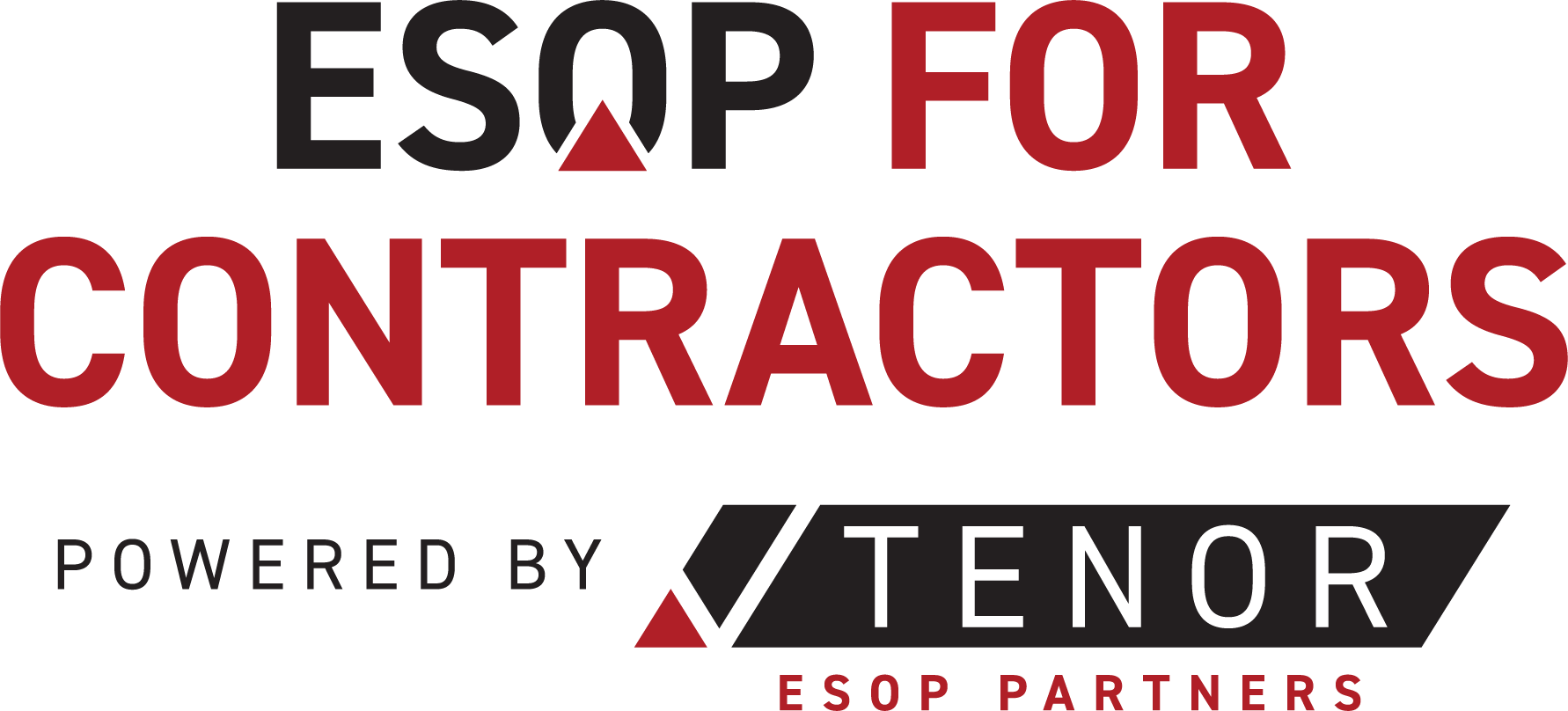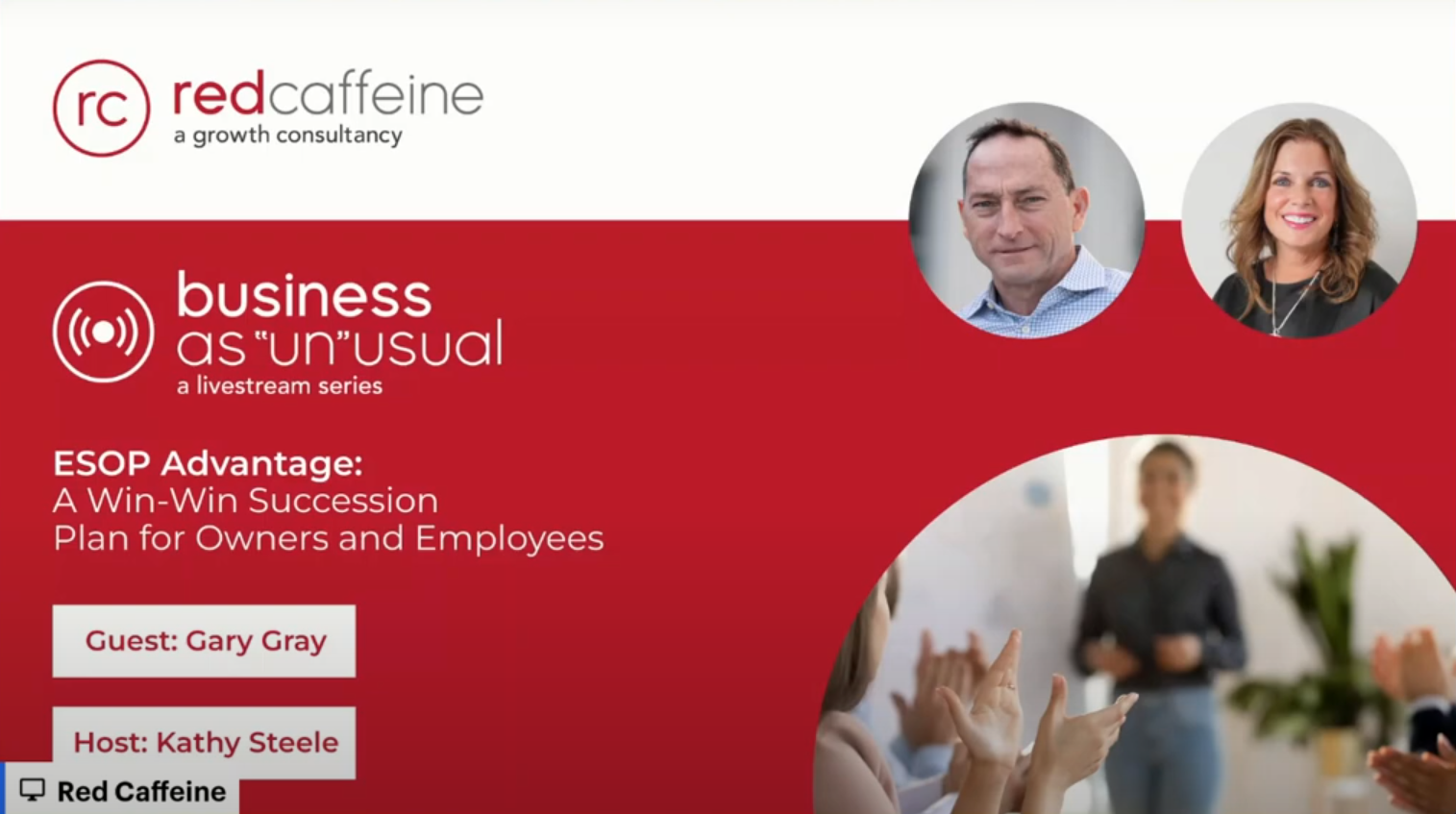Time to read: 8 minutes
Timeline for Planning Your Contractor Business Exit
Why Timing Matters for Contractor Transitions
As a contractor, you've built your business through careful planning, precise execution, and strategic timing. Your business exit deserves the same thoughtful approach. Unlike retail or professional service businesses, contracting companies face unique transition challenges related to project cycles, bonding relationships, and workforce continuity.
Most successful contractor transitions begin years before the actual ownership change occurs. This timeline provides a structured roadmap for planning your exit while protecting the business you've worked so hard to build.
5+ Years Before Exit: Strategic Positioning
Business Assessment and Vision Setting
At this stage, conduct an honest evaluation of your business's transferable value. Identify strengths to leverage and weaknesses to address before transition. Determine your personal goals for the exit—whether financial security, legacy preservation, or a combination of both. This early assessment shapes all subsequent decisions.
Operational Systems Development
Begin documenting operational processes that currently exist only in your head. Strengthen project management systems, estimating procedures, and quality control measures. For specialty contractors, document technical specifications and processes. Civil contractors should focus on equipment maintenance programs and project delivery systems.
Leadership Development
Identify potential successors within your organization or family and create development plans to prepare them for leadership roles. Residential builders should focus on customer relationship and land acquisition skills. Commercial contractors need to develop client relationship and business development capabilities in the next generation.
Initial Valuation Baseline
Obtain a preliminary business valuation to establish your starting point and identify value drivers specific to your contracting specialty. This baseline helps measure progress as you implement value enhancement strategies in the coming years.
3-5 Years Before Exit: Structural Preparation
Tax and Entity Planning
Work with specialized advisors to optimize your business structure for eventual transition. Entity restructuring, ownership adjustments, and tax planning strategies often require several years to implement effectively. This timing proves particularly important for real estate holdings commonly associated with contracting businesses.
Financial Performance Enhancement
Implement strategies to improve profitability, stabilize cash flow, and strengthen your balance sheet. Commercial and civil contractors should focus on consistent project delivery margins. Specialty trades should demonstrate profitability across different project types. Residential builders need to show resilience through market cycles.
Customer Base Diversification
Reduce reliance on individual relationships by institutionalizing client connections and broadening your customer base. Transition key client relationships from yourself to potential successors, particularly for commercial contractors where relationships drive project opportunities.
Management Team Development
Continue developing your leadership team, expanding their responsibilities and decision-making authority. Document results to demonstrate the team's capabilities to potential buyers or successors. Construction businesses with strong second-tier management command significantly higher valuations.
2-3 Years Before Exit: Transition Method Selection
Evaluation of Exit Options
Based on your business development and personal goals, evaluate potential exit methods. Options typically include family succession, management buyout, employee ownership implementation, or sale to strategic buyers. Each approach offers distinct advantages for different contracting operations.
Advisor Team Assembly
Build your transition advisory team, including industry-specific transaction attorneys, tax specialists, valuation experts, and financial advisors familiar with contracting businesses. Specialty contractors should seek advisors experienced with licensing and certification requirements. Heavy civil contractors need advisors who understand equipment-intensive business transitions.
Formal Valuation
Conduct a formal business valuation with a firm experienced in your contracting sector. This valuation provides the foundation for transition discussions and financing arrangements. Understand how project backlog, workforce capabilities, and bonding capacity impact your specific valuation.
Successor Preparation
If pursuing family succession or management buyout, intensify successor preparation through increased responsibility and accountability. Begin formal ownership discussions and preliminary structure planning. Document successor performance to support bonding relationship transfers.
1-2 Years Before Exit: Implementation Planning
Detailed Transition Structure
Develop the specific structure for your selected transition approach. Draft initial transaction documents, financing arrangements, and post-transition operating plans. For commercial contractors, align transition timing with major project completions. For residential builders, consider housing market cycles in your timing.
Bonding Relationship Management
Actively manage surety relationships through the transition planning process. Introduce successors to bonding agents, demonstrate financial continuity, and address potential indemnification changes. This step proves particularly critical for contractors performing public projects.
Customer and Vendor Communication Planning
Develop strategies for communicating the transition to customers, subcontractors, and suppliers at the appropriate time. Create messaging that emphasizes business continuity and ongoing commitment to quality. Specialty contractors should focus on technical capability continuity in these communications.
Estate and Personal Financial Planning
Work with financial advisors to integrate business transition proceeds into your personal financial and estate plans. Develop contingency arrangements to protect both the business and your financial security if unexpected events occur.
6-12 Months Before Exit: Final Preparation
Transaction Documentation Completion
Finalize all legal documents, financing arrangements, and transition agreements. Complete due diligence requirements and address any identified issues. Align closing schedules with natural business cycles specific to your contracting sector.
Team Communication Execution
Implement your communication plan with employees, key clients, suppliers, and other stakeholders according to your predetermined strategy. Emphasize continuity, stability, and ongoing commitment to quality and service. Address workforce concerns directly to maintain productivity through the transition.
Leadership Transfer Execution
Begin the formal leadership transfer process according to your transition plan. For family succession and management buyouts, this often involves phased responsibility transfer aligned with ownership changes. For external sales, this typically includes structured transition periods with clearly defined roles.
Closing Preparation
Complete final closing requirements, including inventory verification, contract assignments, license transfers, and insurance adjustments. Address any remaining contingencies or conditions to ensure a smooth transaction completion.
Post-Exit: Transition Support and Monitoring
Agreed Transition Involvement
Fulfill your agreed-upon post-transition responsibilities, whether through consulting arrangements, board positions, or phased operational involvement. This period typically spans 6-24 months for most contractor transitions, with longer periods common in family successions.
Relationship Transfer Completion
Complete the transfer of key relationships, including clients, vendors, industry associations, and regulatory contacts. This process often extends well beyond the formal transaction closing, particularly for relationship-driven commercial contractors.
Performance Monitoring
If your transition includes earnout provisions or seller financing, monitor business performance against established targets. Provide agreed-upon support while respecting new leadership boundaries. Address potential issues before they impact earnout achievements or payment capacity.
Taking the First Step
Successful contractor business transitions require careful planning and execution tailored to your specific business type, personal goals, and market conditions. This timeline provides a general framework, but your unique circumstances may require adjustments to both timing and approach.
The most important step is beginning the process early enough to maximize your options and optimize outcomes. Regardless of where you currently stand in your business lifecycle, professional guidance can help you develop the right transition approach for your specific situation.
For personalized guidance on planning your contractor business transition, contact:
Gary Gray
ggray@esopconsultinggroup.com
(404) 849-0244
Start your transition planning today to ensure the business you've worked so hard to build continues to thrive long after your exit.
How to get started
Getting started with an Employee Stock Ownership Plan (ESOP) can transform your contracting business, unlocking potential for growth and ensuring lasting value for everyone involved. At ESOP for Contractors, we understand the intricacies of the process, from assessing your company's current status to designing a tailored ESOP that aligns with your goals.
Our leadership team knows firsthand how to create winning strategies that benefit both owners and team members alike. If you're curious about how an ESOP could enhance your business's future, we invite you to reach out for a free consultation. Let’s explore how we can help you achieve sustainable success together!

Gary Gray, Founder
Book a Free Consultation
Interested in a free consultation for your contracting business? Send us a message - We’re here to help.
Thank you for contacting us! We’ve received your message and will get back to you as soon as possible. If you need immediate assistance please call us at 404-849-0244.
Please try again later















